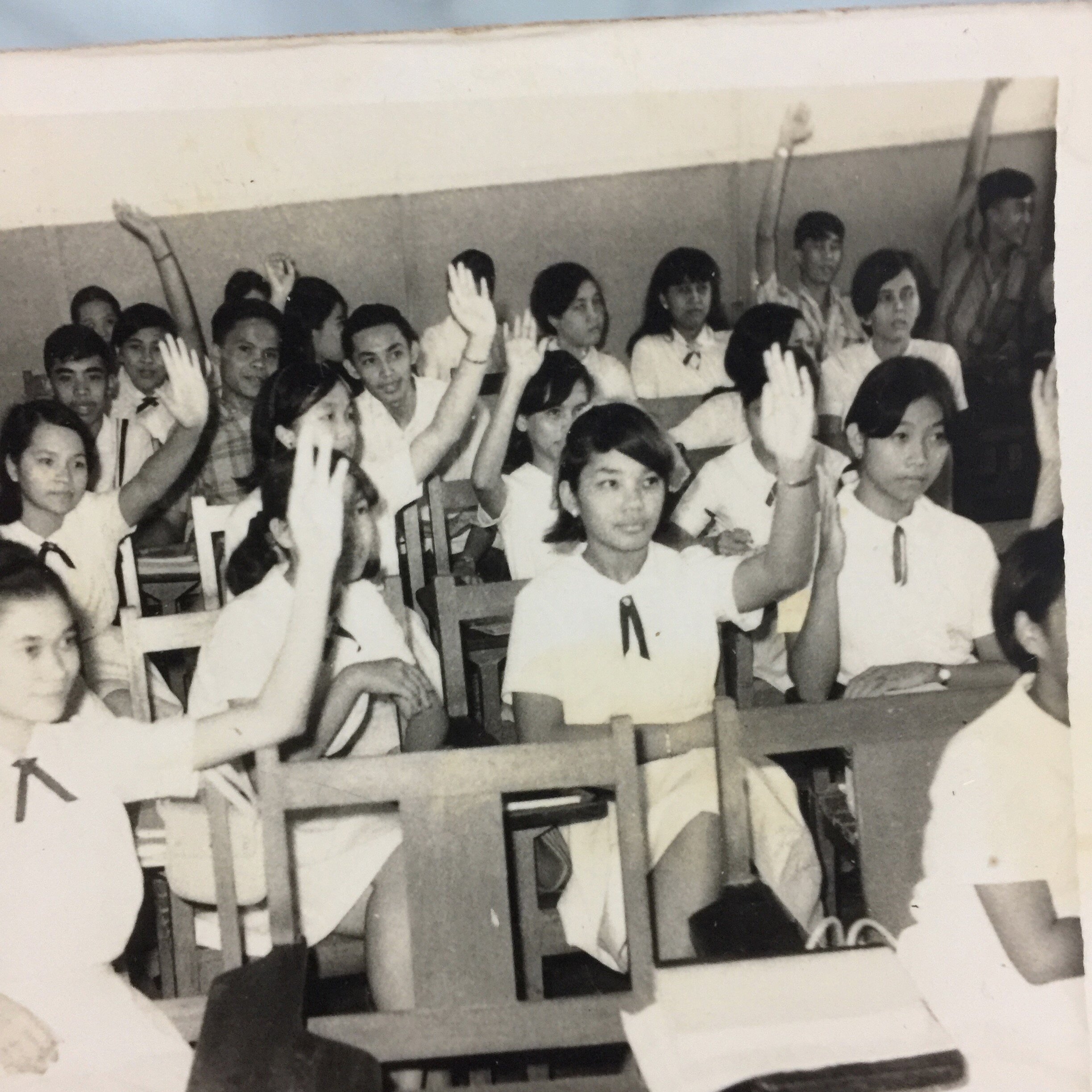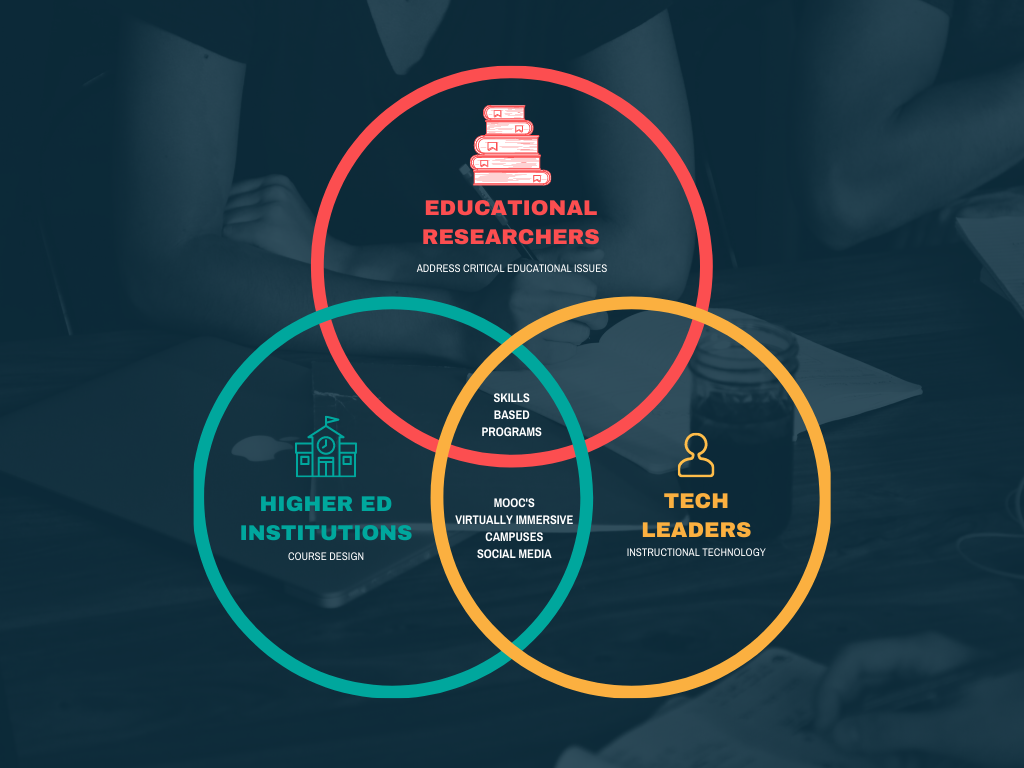
education
education

education
This is what I believe:
Education is the key to development, peace, and opportunity.
The 21st Century Skills (below) are critical for learners’ success in today’s world:
Learning and Innovation Skills (The Four C’s: Critical thinking, Communication, Collaboration, and Creativity)
Life and Career Skills
Information, Media, and Technological Skills
Global Awareness
Financial, Economic, Business, and Entrepreneurial Literacy
Civic Literacy
Health Literacy
Environmental Literacy
As an educator, I am guided and inspired by Toni Morrison’s words:
“I tell my students, 'When you get these jobs that you have been so brilliantly trained for, just remember that your real job is that if you are free, you need to free somebody else. If you have some power, then your job is to empower somebody else. This is not just a grab-bag candy game.’”
When you educate a girl, you help her transform her family, community, the world.

Educate a girl…transform the world
My mom (pictured) is my greatest champion -- my grandmothers, even more so, the inspirations. As a first generation immigrant daughter, I know how far I’ve come and how far I've yet to go... and it's seeing myself in these girls especially in the Philippines & Nigeria who aren't offered the same opportunities that drives me further and to help spread the word. I am proud of and excited about the growth of international programs and increased awareness about this cause. This is only the beginning...!
On Global Education and Technology:
Education has the power and potential to fix societal issues that have been plaguing countries for many years. Education researchers have stressed the importance of addressing the following issues through global learning. These issues include and are not limited to: global rising unemployment, international refugees, income disparity, national unrest, and drug abuse¹. With the current global pandemic disrupting everyday life-- with implications for education as we know it, the previously stated issues have become even more exacerbated and will continue to spiral out of control. There has never been a more important time to prioritize global learning and the use of technology in education.
The promise of global learning can only be achieved through advancements in technology and the partnerships and collaborations between the educational leaders within this space. Both tech leaders and institutions must look towards educational researchers as they provide data and results that guide technological advancement and learning. Skills based programs in higher education institutions have the potential to utilize virtual and augmented reality innovations¹. Educators can continue to harness the power of social media and other cloud enabled platforms to communicate and engage with their students despite the distance ¹. Collaborative online courses through leading tech providers, Coursera, EdX, and Udacity, will rely on collaborations with other leading higher education institutions to offer courses and personalized training and development ¹.
on designing courses online:
The best approach to designing an online course (undergraduate/post-graduate courses) should require various touchpoints for communication, well thought out course materials and content, and ultimately, (coming from a higher ed marketing perspective) the course should produce a conducive learning community.
Therefore, I propose that one of the requirements for an effective online course should include creating various touchpoints for communication with the instructor and other course learners. This can be facilitated through email and message communications, discussion modules, Q&A, and coffee chat functions. One of my instructors at ACE sent out a number of YouTube videos to introduce himself and the course requirements and expectations and was accessible for questions and concerns. This, as well as hosting a Zoom meeting for course participants to meet and establish study groups was integral in the overall online experience. Additionally, these study groups extended the course communications in establishing groups within social media networks. According to Tunks ², “students will respond enthusiastically to experiences that are relevant to their own lives and web 2.0 tools provide limitless opportunities for creative interaction and learning”. Utilizing the web 2.0 tools such as YouTube, Zoom, and LinkedIN allows for further engagement and relationship building.
In a similar way that communication channels should be accessible and varied-- the ability to incorporate different forms of content in the online space can also serve to be effective. The forms of content that can be integrated in online coursework will take into account the myriad ways in which students learn and process course materials. Online coursework can deliver digital stories through video, case studies, journal articles, podcasts and can also include access to digital resources and guides which will continually help online learners in this space.
Finally, a well designed and effective online course should create an engaged group of learners which organically can come together and network as an online community. This can be facilitated through the various touchpoints that were already present and through the web 2.0 tools for increased involvement and learning.
References
1) Van Hook, S. R. (2018). The future revisited: can global learning still save the world? Online Journal of Distance Learning Administration, 21(1), 1–9.
2) Tunks, K. W. (2012). An Introduction and Guide to Enhancing Online Instruction with Web 2.0 Tools. Journal of Educators Online, 9(2), 1–16. https://doi.org/10.9743/JEO.2012.2.1

Empowerment through Education and Technology

Collaboration between Educational Leaders, Higher Ed Institutions, and Tech Leaders
Venn Diagram
This page is a work in progress as I finalize my dissertation, but feel free to refer to this page for some of my ideas and thoughts about education.